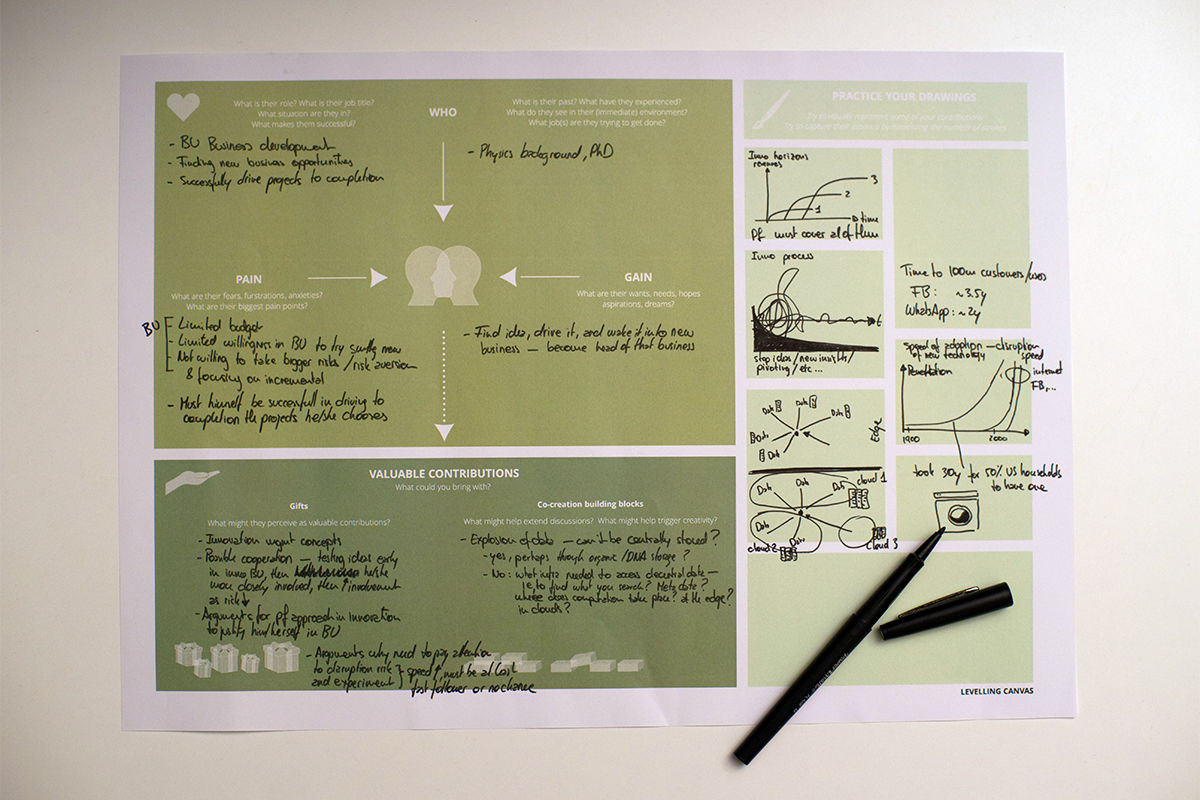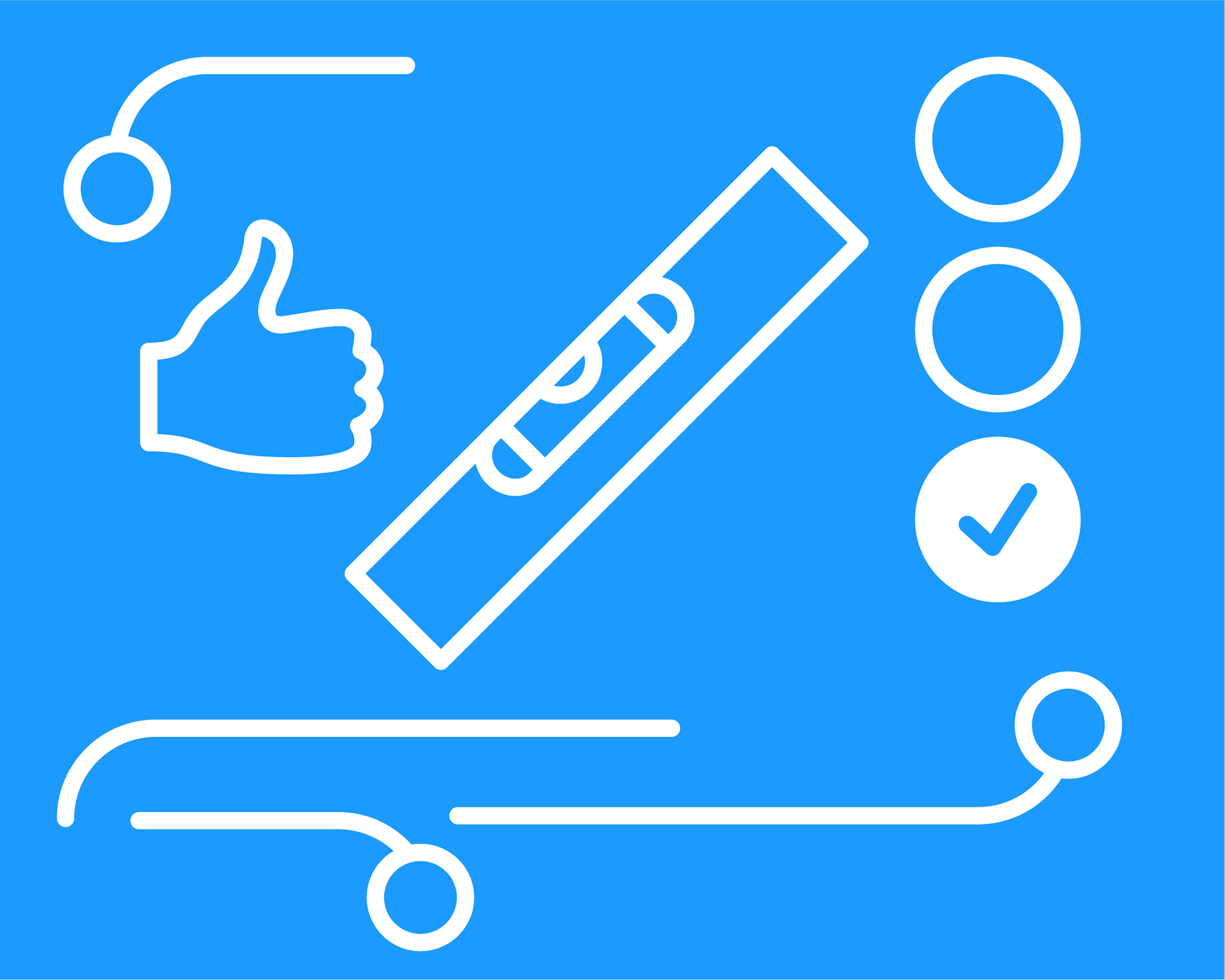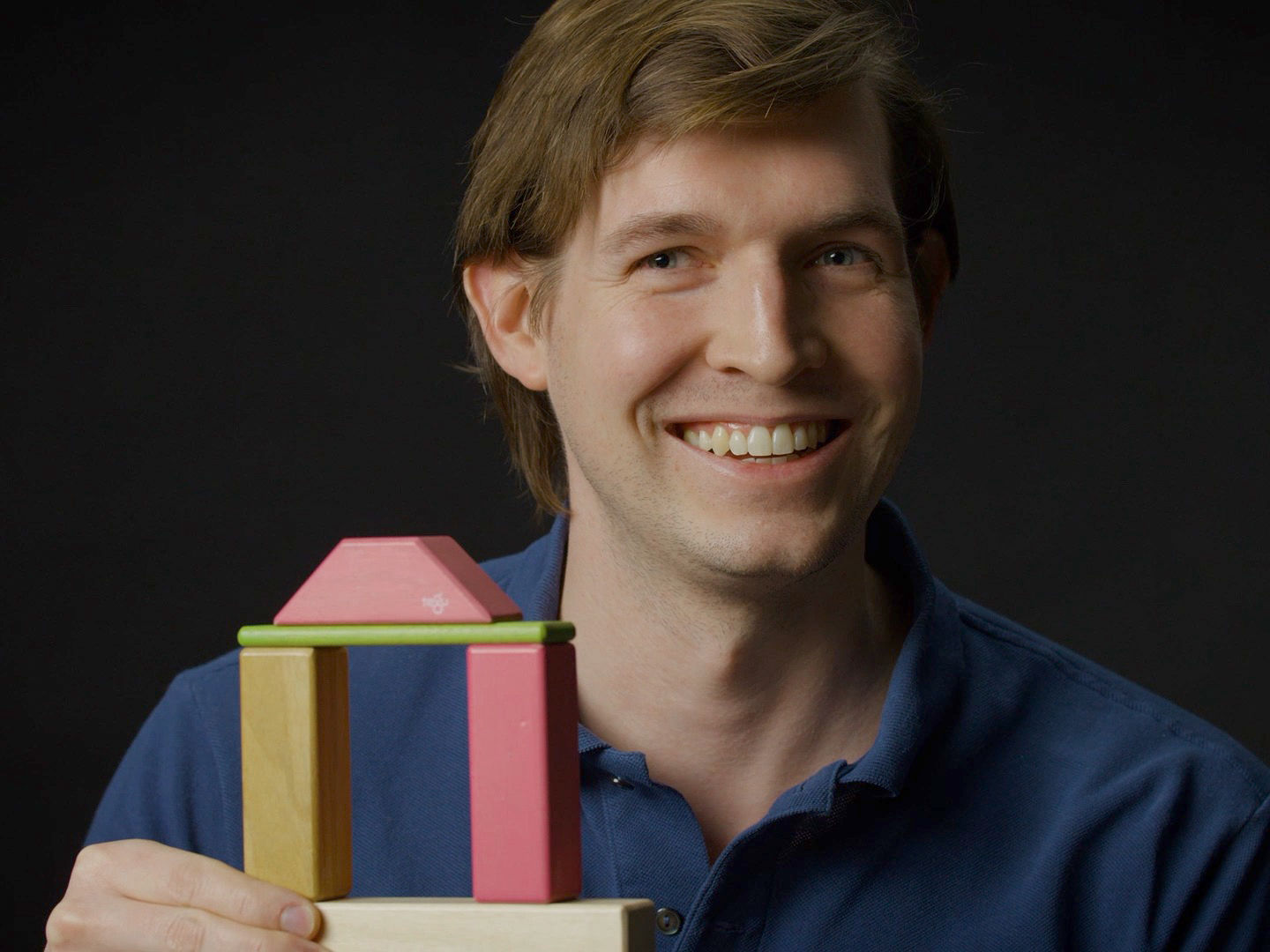Our newly-created separate innovation business unit has a mandate to develop future scenarios, including scenarios for the existing business units.
Future scenarios of business units necessitate pro-active sharing of knowhow and ideas of subject-matter experts from within these business units. These experts have low intrinsic motivation to share and cannot be forced from the top to pro-actively share.
The method «Levelling» helps the future-scenarios team to create interactions with internal experts that are characterized by pro-active sharing. The first applications of the method have been very promising. It also created an awareness for the importance (and time demands) of properly preparing such interactions.
How might we redesign the interaction with internal experts into a sharing and co-creating experience?
Internal experts have low intrinsic motivations to pro-actively share their knowhow and ideas in the context of future-scenarios developemnt for at least three reasons. First, if the future scenarios turn out great, then the spotlight will mainly be on the new innovation unit. Second, if a project is implemented based on the insights gained from the future scenarios, then this project is likely to be implemented in the new innovation unit (reducing the likelihood of them being involved). And third, such a project may make the existing business unit redundant.
Furthermore, internal experts cannot be forced (eg, by their superiors) to pro-actively share. If ordered to share, then they would sit down for the required time, politely answer the questions being asked and participate in the conversation; but they will not share their best ideas, provide helpful additional insights, and will certainly not go the extra-mile of sharing something that has not explicitly been asked.
Liberating structures
The future-scenarios team engaged in discussions about the proper setting for the interaction with internal experts and agreed on a 1-1 structure. The team, once again, complained about the lack of creativity-furthering environments within their company and that the interaction should take place offsite, in a coffee just far enough to avoid running into other employees.
Empathize
The team then started to fill out the «Levelling Canvas» to get into an «empathy mode». This helped them identify possible gifts and co-creation building blocks that are likely to be perceived as valuable by the internal expert. The gifts included anecdotes on megatrends and hypes; the methods/processes the team developed to identify relevant future scenarios; design methods more generally; and the prospect of being mentioned in a future publication of the future scenarios, of invitations to innovation events, and of being part of a future innovation initiative/project.
Trust and transparency
The team reminded itself of the importance of full transparency as well as of only making promises they can keep. Everybody in the team understands the necessity of always acting accordingly because trust is quickly lost. The team then researched the subject matter in detail, also calling some external consultants. Only once the team felt it had enough background knowledge it selected Nicolas to meet with the internal expert.
Preparation
Nicolas then completed the remaining part of the «Levelling Canvas» to practice his drawings of the gifts and building blocks the team had identified.
Interaction
At the meeting, Nicolas started by sharing some personal information about him, including a picture of his children. He then used an A3 paper he brought with to draw the overall future-scenario-development process, pointing out where they were in the overall process, and explaining how the inputs would be used. Throughout the interaction, he took notes on the same A3 page, both in writing and drawing. He always tried to build upon what was said before to promote a co-creation feeling. At the end of the interaction, he took a picture of the co-created A3 drawing, offered the original to the internal expert, and promised to send them the digitized copy the next day.
Post-interaction
Nicolas took some time reflecting on the interaction, re-using the same «Levelling Canvas» as the team had used for preparation. Quite a few of the pain points and aspirations they had imagined the internal experts would have were just that, imagined. These learnings will be useful for the future-scenarios team in future interactions with internal experts, but also for the innovation business unit more generally when dealing with internal business units.
Preparation
In the corporate «meeting culture», the preparation and post-work tend to have a back seat to the meetings. The number of meetings is more important than their quality. Counteracting this phenomenon requires active upward management to obtain the freedom to properly prepare the meetings
Choice of internal experts
Because of the time it takes to prepare an interaction, internal experts must be carefully chosen. Also because there are likely to be follow-ups, and all approached internal experts will have to be involved again.




